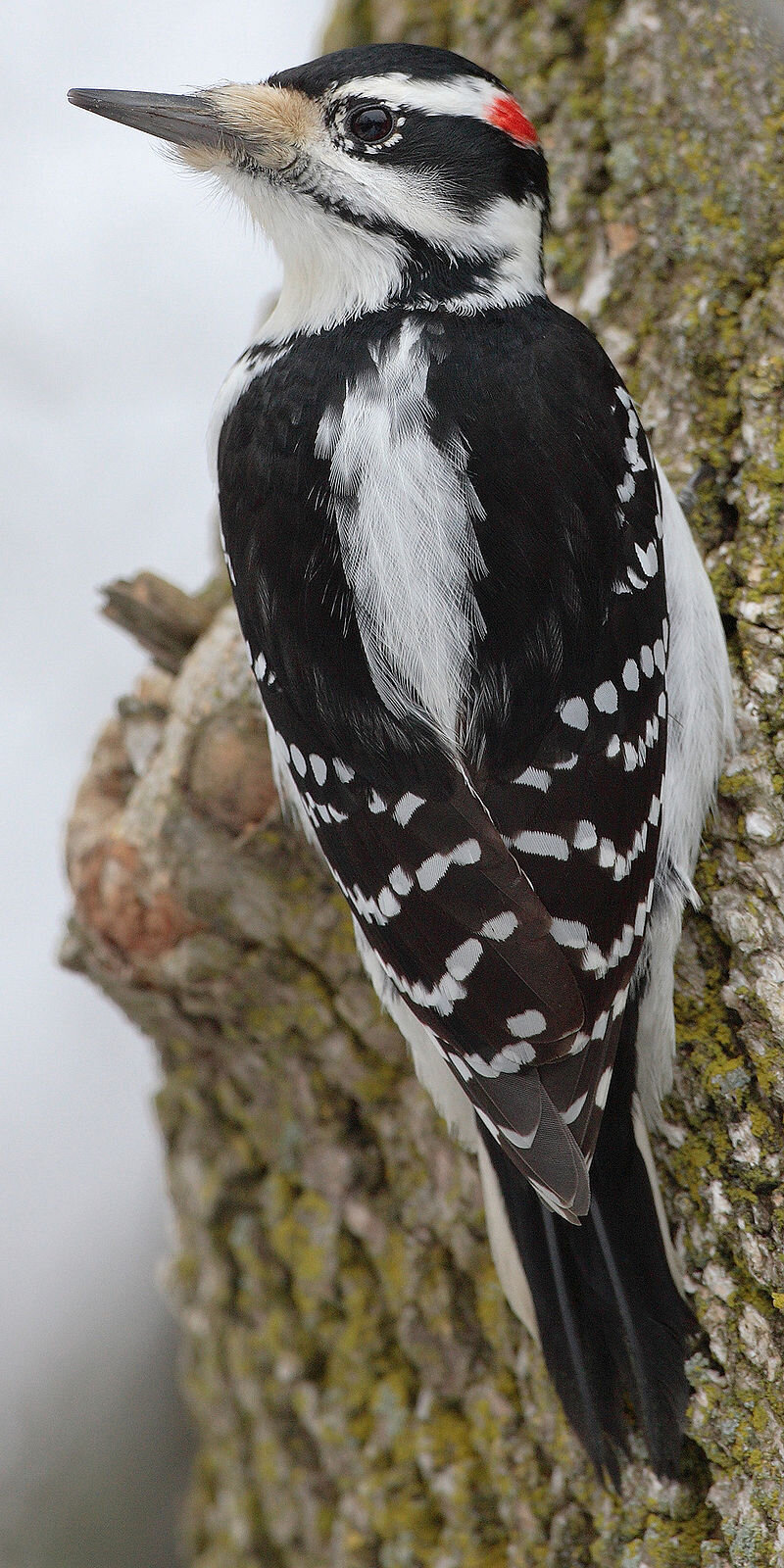Life After Flames: The Flipside of Wildfire
If you take the time to look closely and listen quietly, you’ll find that fire-created habitats hum and drum with new life.
Those of us who make our lives on the northern Front Range of Colorado have a complicated, ancient, and persistent neighbor: Wildfire. Our default is to judge this neighbor as the bad seed on the block – the bringer of complete disaster. A burned forest appears devoid of life. The beloved places where we hiked, raced along mountain bike single-track, picnicked, or watched sunsets with loved ones, are replaced by blackened skeletons of trees and stumps. To our eyes, the view of a burned area fills us with sadness.
That’s the filter of our human perspective at work. Recent fires, such as the Cameron Peak and East Troublesome fires of 2020, have brought a great deal of loss, and it can be very challenging to comprehend anything good coming from them. But it’s important to be aware that our home is cradled in a region that is what it is because of the natural cycles of fire’s reliable return. That neighbor was at work here thousands of years before our arrival. We now share this place with plants and animals that rely on that neighbor to survive. Their eyes are on the burned forests too. For them, the view is the source of life for future generations.
Hairy woodpecker (Leuconotopicus villosus)
If you take the time to look closely and listen quietly, you’ll find that fire-created habitats hum and drum with new life. For example, many lodgepole pine trees require fire’s heat to melt sap that seals seeds inside their cones. As the sap drips away the seeds are released to start a new generation. Ponderosa pine and aspen need fire to clear away the competition for water and light. Fire preserves the sunny space they require to stay healthy and reproduce. Elk readily take advantage of new grass that sprouts after fire. Bees busy themselves on new wildflowers, providing pollination services along the way.
Wildfire’s most visible and audible dependents are the woodpeckers. The unique features of burned forests provide housing and groceries for several species of Colorado woodpeckers. They use holes in dead snags for nesting and raise chicks on the population explosion of wood-boring and bark-dwelling beetles that happens in the first years following fire. Use binoculars to scan the trunks and remaining branches of large burned trees. Listen for these winged jackhammers as they excavate their dinner. Hairy, Lewis’s, White-headed, and American three-toed woodpeckers can all be found making the most of these fire-created resources. For Hairy woodpeckers, the more scorched the tree, the better. Lewis’s woodpeckers feed on flying insects instead of drilling into tree bark for bugs. They favor nest snags in large, open patches of burned forest where they have the airspace they need for their foraging acrobatics. White-headed and American three-toed woodpeckers choose nest sites in open areas as well but tend to pick snags a little closer to live trees that survived in unburned or lightly burned patches. This may be a way of looking ahead. The beetle feast comes and goes within a few years, and many trees that survived the flames die in the following years from stress. As they decay they provide the next round of nest cavities and bug buffets until both the birds and the beetles are drawn away to a new burn. As time passes, snags offer homes to subsequent waves of birds and animals.
All of these fire-dependent species play a part in maintaining forest life cycles. They help us to be more aware of the processes in place that restore life after fire. We can thank them and the forests they thrive in for our water supply and our enviable Front Range lifestyle. Consider taking the time to learn more about that complicated, ancient, and persistent neighbor. You’re more reliant on it than you think.


